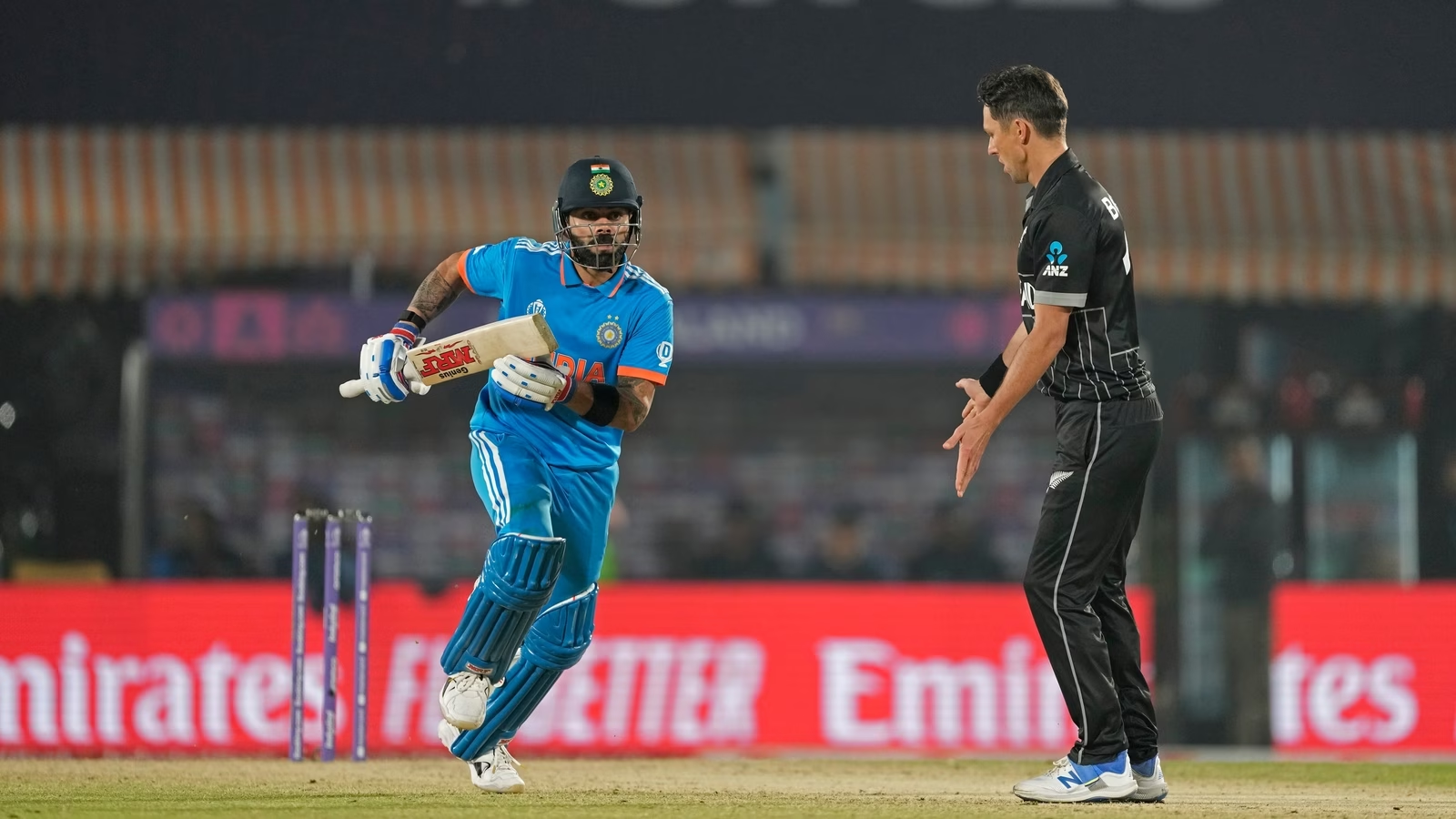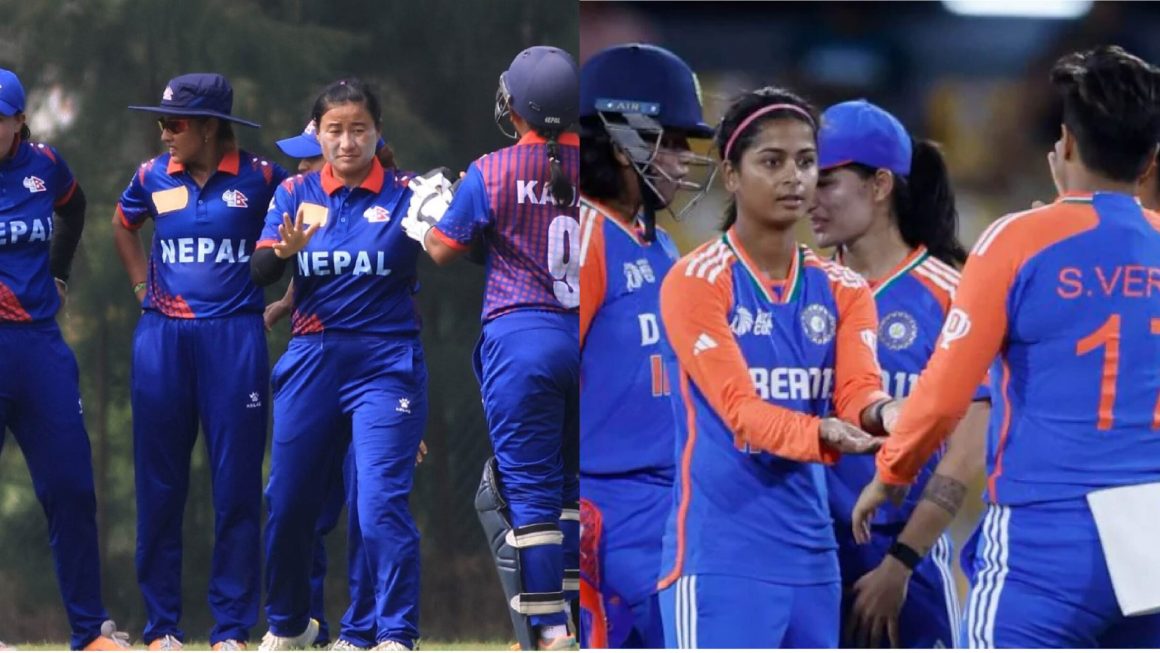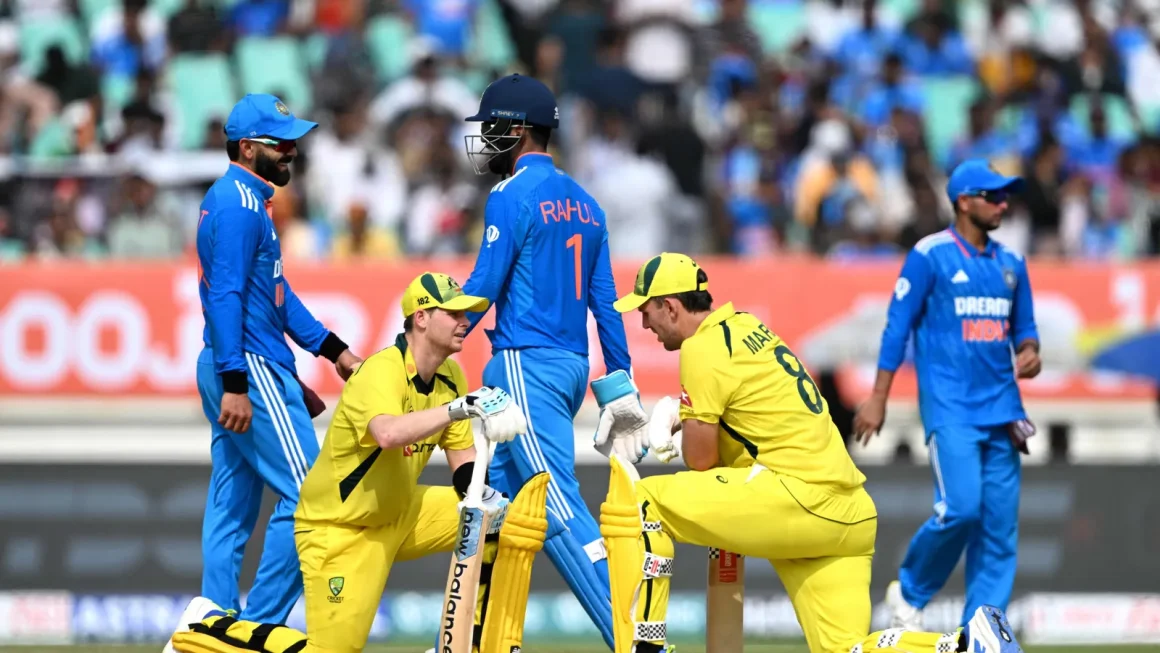Introduction
The cricketing world lights up whenever the New Zealand national cricket team goes head-to-head with the India national cricket team. The excitement, tension, and sheer thrill that accompanies this clash make it one of the most anticipated encounters in international cricket. These two teams, each with their own rich history and legacy, bring their best to the field, leaving fans at the edge of their seats. At the heart of every match lies the match scorecard—an essential record that captures the essence of the game, highlighting every run, wicket, and crucial moment. In this article, we’ll dive deep into the latest encounter between these cricketing giants, analyzing the scorecard, player performances, and much more.
Overview of the New Zealand National Cricket Team
New Zealand, often dubbed the “Black Caps,” is a team known for its resilience, discipline, and consistent performance on the international stage. The Black Caps have evolved from being underdogs to becoming one of the most formidable teams in world cricket. With a balanced mix of experienced players and young talents, New Zealand has proven time and again that they can compete with the best. Key players like Kane Williamson, Trent Boult, and Ross Taylor have been instrumental in their success, providing leadership, skill, and the ability to turn games around in their favor. The team’s strength lies in its well-rounded nature, with strong batting, sharp fielding, and a potent bowling attack that can exploit any weakness in the opposition.
Overview of the India National Cricket Team
India, known as the “Men in Blue,” is a powerhouse in world cricket, boasting a rich history filled with legendary players and memorable victories. The Indian cricket team has a fanbase that spans the globe, with millions of supporters who passionately follow every game. India’s batting lineup, often considered one of the strongest in the world, features stars like Virat Kohli, Rohit Sharma, and KL Rahul. Their bowlers, including Jasprit Bumrah and Ravichandran Ashwin, bring a lethal mix of pace and spin, making it difficult for any opposition to score freely. India’s ability to perform under pressure and their knack for producing match-winning performances have made them a formidable opponent for any team.
Historical Rivalry Between New Zealand and India
The rivalry between New Zealand and India in cricket is one filled with respect and competitive spirit. Over the years, these two teams have faced each other in numerous memorable matches across formats—Tests, ODIs, and T20s. From the historic World Cup encounters to thrilling Test series, each match has added a new chapter to this growing rivalry. The 2019 ICC Cricket World Cup semi-final, where New Zealand edged out India in a nail-biting finish, remains one of the most talked-about matches in recent history. This rivalry is characterized by close contests, dramatic finishes, and performances that have left fans in awe. As both teams continue to evolve, their clashes are only becoming more intense and unpredictable.
Importance of the Match Scorecard
A cricket match scorecard is much more than just a record of numbers. It is a detailed narrative of the game, capturing every moment, every decision, and every shift in momentum. For fans and analysts alike, the scorecard provides insights into how the game unfolded—who dominated, who faltered, and where the turning points occurred. It is a vital tool for understanding the dynamics of the match, allowing us to break down performances and analyze the strategies employed by each team. In matches between teams like New Zealand and India, where every run and wicket can be crucial, the scorecard becomes even more significant, offering a clear picture of the game’s ebb and flow.
Detailed Breakdown of the Match Scorecard
Let’s break down the scorecard of the latest encounter between New Zealand and India. The match began with India winning the toss and electing to bat first—a decision that was met with mixed reactions given the pitch conditions. India’s opening pair started cautiously, with Rohit Sharma and Shubman Gill trying to get a feel for the pitch. However, New Zealand’s bowlers, led by Trent Boult and Tim Southee, kept the pressure on, ensuring that runs were hard to come by. The first wicket fell early, with Gill being caught behind off Boult’s delivery.
Virat Kohli, coming in at number three, played a pivotal role in stabilizing the innings. His partnership with Sharma was crucial, as they carefully navigated New Zealand’s disciplined bowling attack. The middle overs saw India’s run rate picking up, thanks to Kohli’s masterful stroke play and Sharma’s aggression. However, just as India seemed to be gaining momentum, New Zealand struck back with quick wickets, dismissing Sharma and Kohli in quick succession. India’s middle-order, which included Suryakumar Yadav and Hardik Pandya, struggled to build on the foundation laid by the top order. New Zealand’s spinners, particularly Ish Sodhi, tightened the screws, leading to a collapse in the middle overs. India eventually managed to post a competitive total, but it was clear that they fell short of what could have been a more commanding score.
Batting Performance Analysis
The batting performance from both sides offered a fascinating contrast. India’s innings was characterized by a strong start but faltered in the middle and lower order. Rohit Sharma’s half-century was the highlight of India’s batting, showcasing his ability to anchor the innings and accelerate when needed. Virat Kohli’s contribution, though vital, ended sooner than India would have liked, leaving the team vulnerable to New Zealand’s bowling attack. The middle order’s inability to capitalize on the solid start was a major talking point, as it exposed a potential weakness in India’s lineup.
On the other hand, New Zealand’s batting strategy was more measured and calculated. They began their chase cautiously, with their openers focusing on building a strong foundation. Martin Guptill and Kane Williamson were instrumental in New Zealand’s approach, carefully pacing their innings and ensuring they did not lose wickets in clusters. Williamson’s calm and composed knock was the backbone of New Zealand’s chase, and his partnership with Ross Taylor was crucial in guiding the team to victory. The Black Caps’ ability to rotate the strike and find boundaries at regular intervals kept them ahead of the required run rate, and despite losing a few wickets in the middle, they managed to reach the target with relative ease.
Bowling Performance Analysis
New Zealand’s bowling performance was a masterclass in discipline and execution. Trent Boult and Tim Southee were exceptional with the new ball, exploiting the conditions and putting India’s batsmen under constant pressure. Boult’s early breakthroughs set the tone for New Zealand, while Southee’s control and swing made it difficult for India’s batsmen to score freely. The spin duo of Ish Sodhi and Mitchell Santner played a key role in the middle overs, not only containing the runs but also picking up crucial wickets that derailed India’s innings.
India’s bowling, in contrast, struggled to make an impact. Jasprit Bumrah, known for his lethal yorkers and pace, was unable to produce the magic that he’s known for. Although he managed to pick up a couple of wickets, the lack of support from the other bowlers meant that New Zealand’s batsmen were able to rebuild and chase down the target. Ravichandran Ashwin and Ravindra Jadeja, India’s spin options, couldn’t exert the same control as their New Zealand counterparts, allowing the Black Caps to take the game away.
Fielding and Wicketkeeping Insights
Fielding and wicketkeeping can often be the difference between winning and losing in a close contest. In this match, New Zealand’s fielding was top-notch, with players like Guptill and Williamson leading by example. Their ability to save crucial runs and effect sharp run-outs kept the pressure on India throughout their innings. Wicketkeeper Tom Latham was also outstanding, with his quick reflexes and sharp glovework playing a vital role in New Zealand’s success.
India, however, had a mixed day in the field. While there were moments of brilliance, such as a stunning catch by Ravindra Jadeja, there were also lapses that cost them dearly. A couple of dropped catches and misfields allowed New Zealand to keep the scoreboard ticking, adding to India’s woes. Rishabh Pant, behind the stumps, had a challenging day as well, with some missed opportunities that could have shifted the momentum in India’s favor.
Key Moments in the Match
Every cricket match has its turning points, and this one was no different. One of the key moments was the dismissal of Virat Kohli, which shifted the momentum towards New Zealand. Kohli, who was well-set and looking dangerous, fell to a well-planned delivery from Tim Southee, caught at slip. Another critical moment was the partnership between Kane Williamson and Ross Taylor. Their calm and composed approach, particularly against India’s spinners, effectively sealed the match for New Zealand. The third crucial moment was Trent Boult’s spell with the new ball, where he took two early wickets, setting the tone for the rest of the innings.
Player of the Match: Who Stood Out?
Kane Williamson was undoubtedly the player of the match. His innings was a masterclass in pacing a chase, mixing caution with aggression perfectly. Williamson’s ability to read the game situation and adapt his approach was the cornerstone of New Zealand’s successful chase. His partnership with Ross Taylor not only steadied the innings but also ensured that New Zealand never fell behind the required run rate. Williamson’s calmness under pressure and his flawless execution of shots made him the standout performer of the match.
Post-Match Reactions and Expert Opinions
The post-match reactions were filled with praise for New Zealand’s clinical performance. Experts lauded Kane Williamson’s captaincy and his match-winning knock, while also highlighting the effectiveness of New Zealand’s bowling unit. Former cricketers and analysts pointed out India’s middle-order collapse as a key factor in their loss, suggesting that the team needs to address this issue before their next encounter. There was also discussion about the pitch conditions and whether India’s decision to bat first was the right one, given the movement and assistance that the New Zealand bowlers extracted early on.
Impact on Team Rankings and Future Matches
This victory had a significant impact on the ICC rankings, with New Zealand gaining valuable points and solidifying their position as one of the top teams in world cricket. For India, this loss was a setback, but not a major one, as they still have several matches ahead to make up for it. The result also set the tone for future encounters between these two teams, with New Zealand gaining a psychological edge. Both teams will now look to regroup and focus on their upcoming matches, with India likely to reassess their strategy and approach, particularly in handling pressure situations.
Fan Reactions and Social Media Buzz
The match generated a lot of buzz on social media, with fans from both sides expressing their emotions. New Zealand fans celebrated their team’s victory, praising the players for their composed performance. Indian fans, while disappointed, acknowledged the brilliance of Kane Williamson and the effectiveness of New Zealand’s bowling. The match trended on various social media platforms, with hashtags related to the game, the players, and key moments dominating the conversation. Memes, expert analyses, and fan opinions flooded the internet, showcasing the passion and enthusiasm that cricket generates among its followers.
Conclusion
The New Zealand vs India cricket match was a testament to the thrilling and unpredictable nature of the sport. New Zealand’s victory was a result of a well-executed plan, excellent captaincy by Kane Williamson, and a collective team effort. India, despite showing glimpses of brilliance, fell short due to a lack of consistency in their batting and some crucial lapses in the field. As both teams look ahead to future matches, they will take away valuable lessons from this encounter. For the fans, this match was another reminder of why cricket remains one of the most loved sports in the world—filled with excitement, drama, and moments that stay with us long after the game is over.
FAQs
- Who won the latest match between New Zealand and India?
New Zealand won the latest match against India, successfully chasing down the target set by India. - Who was the player of the match?
Kane Williamson was the player of the match for his outstanding batting performance. - What were the key moments in the match?
Key moments included the early wickets taken by Trent Boult, the dismissal of Virat Kohli, and the match-winning partnership between Kane Williamson and Ross Taylor. - How did the match impact the team rankings?
New Zealand gained valuable points in the ICC rankings, solidifying their position among the top teams, while India experienced a slight setback. - What were the main reasons for India’s loss?
India’s loss was primarily due to a middle-order collapse, some missed opportunities in the field, and New Zealand’s disciplined bowling attack.













